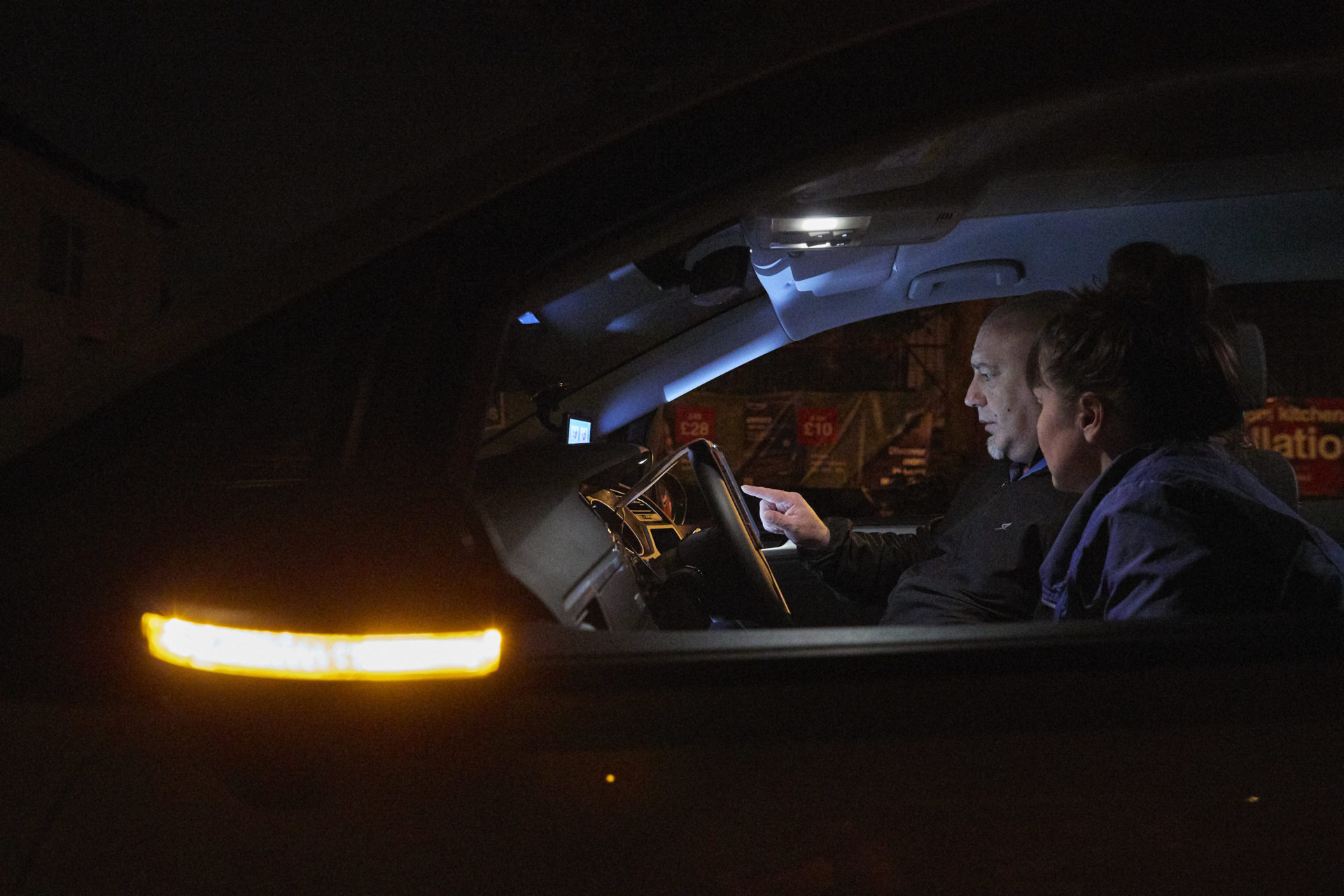A Day in the Life of a Support Worker
Jamie Shovlin, Support Worker for the Rapid Response team, discusses his daily routine at Thames Reach

Jamie Shovlin, Support Worker, Rapid Response
“I normally start around 6pm with shift planning, which I do from home. This involves looking at new referrals that we’ve received through Streetlink for the areas of the city I’ll be covering that night. I’ll also check the previous night’s shift to see if there are any follow-up actions from that need to be factored into the shift. I’ll put the referrals into a plan on Google Maps and move them about to find a route that gets to as many people as possible on shift. Around 7:30/8pm, I’ll pick up my volunteer and head out, using a Zipcar located close to home.
The most satisfying thing is ending people’s homelessness there and then on the night, on the street. In truth it may be ultimately very short-term as the challenges of keeping people from returning to the streets are many, but the immediate relief and people’s reactions to it are very satisfying. I also enjoy working with skilled, diligent and sensitive colleagues and volunteers, who give their time and energy to ending street homelessness.
Perhaps the biggest challenge is engaging people who’ve been out on the streets for a long time. They may be sceptical about what you can offer, may have had bad experiences in the past with services, may be struggling with substance abuse and health issues. It’s difficult to build a bigger picture of the type of care and approach that might benefit the individual if they won’t engage with you on any level. But we try and work out the best way to offer that person support.
The work is fundamentally very independent in practice but only works in substance as part of a larger team. We put out a number of shifts each night across London and are in constant communication with each other whilst on shift. If one of us is in a difficult situation, there are a number of colleagues who can help. We often work directly with each other and talk over situations and exchanges that were challenging. Each worker has a different approach and will have different advice and support regarding each situation.
It starts with the planning, the layout and idea of the shift. After a while you get to know areas and are able to guess where and when people are most likely to be found. Then there’s searching for people and if finding them, working out the best form of support. Ideally we can take them to an emergency shelter but sometimes this isn’t possible, so we have to offer alternative support and reassurances that we are trying to help them away from the streets. I think trust is one of the biggest aspects of this work – the person you’re speaking with has to believe you have their best interests at heart. You have to clear and honest with people even if means delivering news they don’t want to hear. Then there’s the reporting of each shift and encounter which should be clear and concise, so that colleagues can see what work you have carried out and know what the next step of action is.
The scale and dedication of the outreach services makes Thames Reach unique. We’re covering such a large area with such a dedicated workforce. Colleagues are from a broad range of backgrounds, and that influences their connection to the work and how they do it. This contributes to the service’s dynamic and robustness and makes the challenging tasks at hand that much more achievable.”
Thames Reach are expanding and have roles available across London at a range of levels. Experience is not necessarily required as full training and support is provided. There are opportunities to work flexibly or part-time around other commitments, which allows a range of people with different experiences to work together to end street homelessness.

